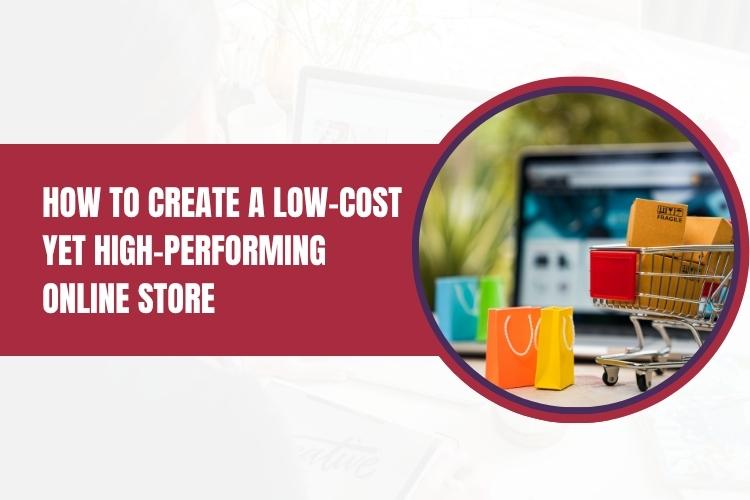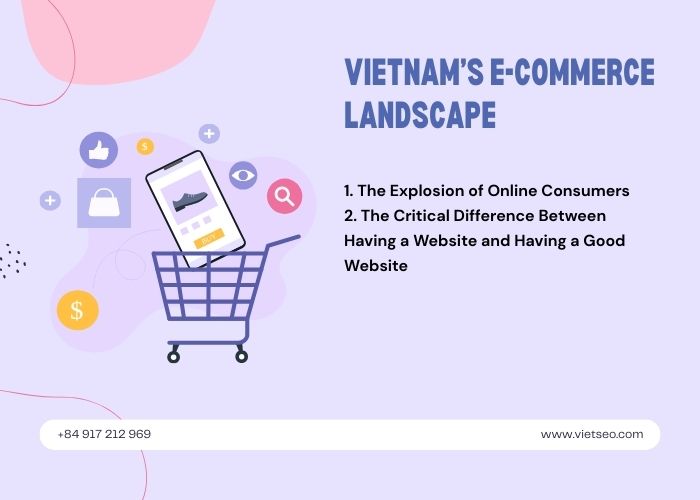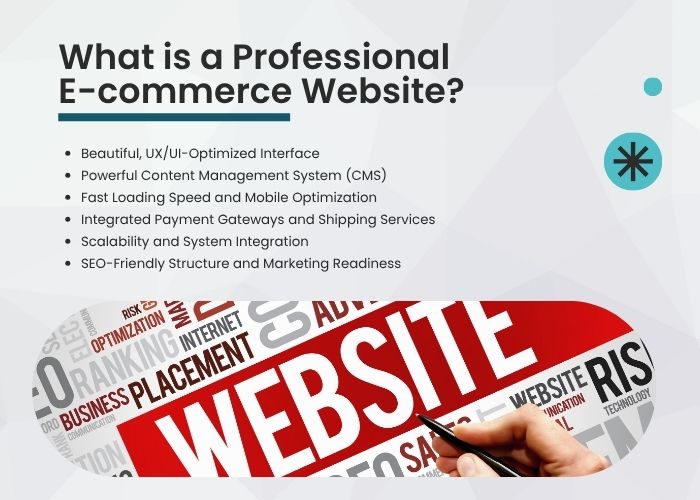How to Build an Effective Website That Sells with a Low Budget
In today’s fast-growing e-commerce era, owning a sales website is no longer optional - it’s a must if any business or individual wants to survive and grow sustainably. However, not everyone has the capital to invest in an expensive, full-featured site right from the start. So, how do you build an effective sales website with minimal cost and still achieve your business goals?
Let’s dive into key strategies, tools, and money-saving tips that can help turn a small website into a powerful selling machine.
1. Understand What “Effective” and “Low Cost” Really Mean
Before you begin, it’s important to clarify that building an effective e-commerce website doesn’t mean spending a lot - it means spending smart. “Low cost” doesn’t mean free; it means making the most of your budget wisely.
Effectiveness can be measured by:
- Increasing website traffic over time
- Conversion rates (how many visitors actually buy)
- Number of real orders generated
- Lowering cost per acquisition/order over time
2. Plan Before You Design
One common mistake is jumping straight into design without a clear plan. This often leads to wasted money, time, and frequent changes.
What you need to prepare:
- Clear goals: What are you selling? Who’s your target customer? Who are your competitors?
- A sitemap: Which pages do you need? (Home, Products, About Us, Contact, Shipping Policy...)
- Initial content: Product descriptions, company intro, product images
A well-thought-out plan helps you:
- Avoid unexpected costs
- Maximize use of available resources
- Speed up the launch process
3. Choose a Budget-Friendly and Flexible Website Platform
One of the biggest ways to save money is by choosing the right website-building platform. Instead of hiring a developer (which can be expensive), you can use affordable or even free platforms with good customization options.
Recommended platforms:
| Platform | Pros | Cons |
|---|---|---|
| WordPress + WooCommerce | Open-source, highly customizable, many free plugins | Requires setup & learning curve |
| Shopify | Clean design, beginner-friendly | Monthly fees + transaction fees |
| Wix / Weebly | Simple drag-and-drop interface | Limited scalability |
If you want to maximize savings, WordPress is a top choice due to cheap hosting, abundant free plugins, and strong community support.
4. DIY or Hire a Freelancer: Cut Labor Costs
Instead of hiring a full team to build your site, consider:
- Learning to build a basic site yourself: Thousands of free tutorials on YouTube. You can build a basic sales site in 2–3 weeks.
- Hiring a freelancer on Fiverr, Vlance, or Freelancer: You can get a simple site for $50–$150.
Tip when hiring freelancers:
- Ask for the source code and instructions
- Get at least 1 month of basic support
- Make sure basic SEO is included
5. Optimize Domain and Hosting Costs
Domain:
- Prioritize .com, .vn, or .com.vn
- No need for expensive domain names — just short, memorable, and brand-related
Hosting:
- Choose cheap hosting plans (starting at just $1–2/month)
- For WordPress: Choose hosting that supports PHP and MySQL
- Prefer providers with 24/7 customer support
6. Design a Simple Yet Professional Interface
A clean, easy-to-use interface keeps customers engaged and increases sales. With a limited budget, you don’t need flashy graphics — just professional website design: logical layout, crisp images, and mobile-friendly functionality.
You don’t need a fancy design. An effective sales site just needs:
- A clean homepage: Banner, featured products, promotions
- Clear product pages: Name, price, description, sharp images, “Buy Now” button
- Fast load speed: Every second delay can lose a customer
- Responsive design: Over 60% of users shop via mobile
Where to get themes:
- Themeforest.net
- TemplateMonster.com
- MyThemeShop
- Or free WordPress themes — good enough to start
7. Write Compelling Sales Content
Your content is your “silent salesperson.” The better it is, the more you sell.
Tips for persuasive content:
- Use attention-grabbing headlines (“Only 10 left — order now!”)
- Focus on customer benefits, not just features
- Include real photos, product videos if available
- Add customer reviews and testimonials
The more honest and engaging your content, the more conversions you’ll see.
8. Use Free Tools to Support Sales
You don’t need expensive software at the beginning. Here are free or freemium tools you can use:
| Tool | Purpose |
|---|---|
| Google Analytics | Track user behavior |
| Google Search Console | SEO and site health |
| Tawk.to / LiveChat | Live customer chat |
| Mailchimp | Email marketing |
| Canva | Design banners, images |
9. Promote Your Website on a Minimal Budget
No big ad budget? You can still get traffic using these methods:
- Basic SEO: Write blog posts related to your products
- Optimize product descriptions for Google search
- Share on Facebook groups, Zalo communities
- Run low-budget ads (just $2–4/day) to test what works
Also, collect emails and phone numbers for free remarketing later.
10. Continuously Improve and Optimize
Once your website is live, you should:
- Track performance (visits, conversions)
- Improve layout and content based on user feedback
- Test promotions, discounts, and other sales strategies
An effective e-commerce website is always evolving — even if it started with a small budget.
Conclusion
Building an effective e-commerce website doesn’t have to be expensive. With the right plan, tools, content strategy, and willingness to learn, even a small budget can produce a professional, profitable online store.
Start with what you have. Keep it simple, smart, and strategic. In business, success isn’t about starting big - it’s about starting right.



